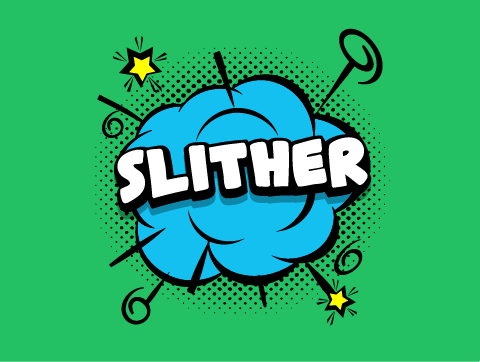Introduction
In the previous lesson, we learned about the media industry products animation, special effects (SFX, VFX), digital imaging, and graphics.
These products were mostly visual and were strongly linked to the television and film sectors in particular.
There are many other digital media products, many of which are not specifically visual, and you may not even immediately think of them as creative media products.
In this lesson, we will learn about:
- Social media platforms and apps
- Digital games
- Comic books and graphic novels
Social Media Platforms/Apps
Social media platforms and apps are websites and applications that we use to connect with others and share content.
Social media is the most recent and rapidly evolving media product available. This includes sites and apps like Facebook, Twitter, YouTube, Instagram, Snapchat and TikTok.
Any business can create a social media profile to boost their engagement with customers and even create content with the goal of selling their product.
As such, this product is used by all of the sectors we’ve looked at.

How Media Sectors Use Social Media Platforms/Apps
Film
Film studios, producers, and creators use social media to promote movies, share behind-the-scenes content, and engage with audiences. Fans also use social media to discuss and share opinions about films.
Television
TV networks, production companies, and show creators use social media to market TV shows, provide updates, and interact with viewers. Fans often engage with TV-related content, such as discussing episodes or sharing fan art, on social media platforms.

How Media Sectors Use Social Media Platforms/Apps
Radio
Radio stations and hosts use social media to promote their programming, share updates, and engage with listeners. Social media also allows radio stations to share additional content, such as podcasts, interviews, or behind-the-scenes clips.
Print & Digital Publishing
Publishers, authors, and magazines use social media for marketing, audience engagement, and sharing news about new releases or events. Readers may also connect with authors and discuss their favourite books on social media platforms.

How Media Sectors Use Social Media Platforms/Apps
Computer Games
Game developers, publishers, and esports organizations use social media to promote games, share updates, and connect with gamers. Gamers also use social media to share gameplay, discuss strategies, and connect with fellow players.
Interactive Media
Creators of interactive media projects use social media to showcase their work, connect with audiences, and share updates about new experiences.
The Internet
Social media platforms are one of the key products produced and used within the Internet sector. Non-social media websites will also use social media to promote their own websites and engage with customers.

Digital Games
Digital games can be described as “any game played using an electronic device, either online or stand-alone.”
Digital gaming products include games available on personal computers, home consoles, and smart devices such as phones and tablets.
It is a popular product used by new media sectors.
Most industries use digital games in some way, but the primary sectors that rely on digital games are computer games, interactive media, and the Internet.

How Media Sectors Use Digital Games
Computer Games
This sector produces video games for consoles, PCs and mobile as its primary product.
Interactive Media
Digital games can be part of interactive media experiences, blending gaming with immersive technology to create a more enjoyable experience.
The Internet
Online platforms often host digital games, including web-based games, game streaming services, and social media games.

Comics & Graphic Novels
Comic books and graphic novels are both forms of sequential art, telling stories using a mix of illustrations and text.
They feature visuals like frames, speech bubbles, and text boxes to narrate a story and often include elements from fantasy, science fiction, or superhero genres.
There is a key difference between comic books and graphic novels.
Comic books are typically periodicals released in shorter instalments, often on a monthly or bi-monthly basis. Graphic novels are longer and more complete stories, often presented as a single, standalone volume.
The creative media sectors that primarily produce and use comic books and graphic novels are print publishing, digital publishing & the Internet.

How Media Sectors Use Comics & Graphic Novels
Print Publishing
This sector is responsible for the creation, distribution, and marketing of comic books, graphic novels, and other illustrated publications.
Digital Publishing
Digital editions of comic books and graphic novels are distributed through various platforms, such as e-readers and digital comics stores, making these works more accessible to a wider audience.
The Internet
Digital comics and webcomics are widely available online, with artists sharing their work on dedicated platforms or social media websites.

Lesson Summary
Social media platforms and apps can be described as “websites and applications that enable users to create and share content or to participate in social networking.”
Any business within the media industry can create a social media profile to boost their engagement with customers and even create content with the goal of selling their product.
Digital gaming products include games for personal computers, home consoles, and smart devices such as phones and tablets.
They are predominately used in the computer games, interactive media and internet sectors.
Comic books and graphic novels are both forms of sequential art, telling stories using a mix of illustrations and text.
They are used in the print publishing, digital publishing & Internet sectors.

